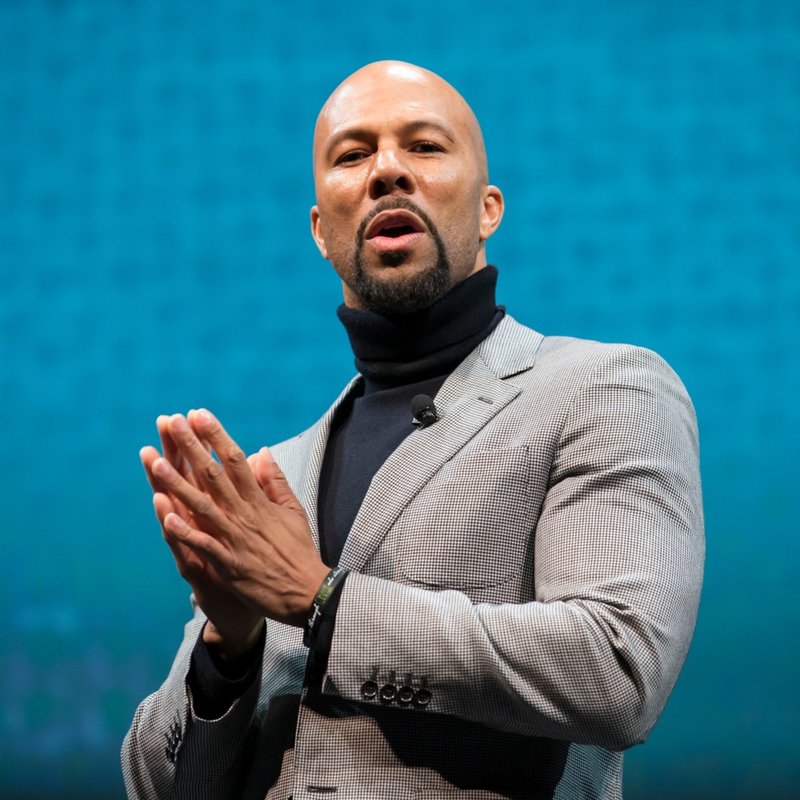
Imagine blue crabs as the unsung heroes of our coastal ecosystems. They not only contribute to the food web but also support fisheries and local economies. However, with the increasing impact of human activity, these creatures are facing a tough battle. So, let’s explore the various dangers that lurk beneath the waves and how they affect our beloved blue crabs.
1. Overfishing: A Shrinking Population
When we think of blue crabs, it’s easy to focus on the delicious meals they provide. But overfishing is one of the biggest threats to their population. Fishermen want to catch as many crabs as possible, especially during peak seasons, which disrupts the balance of their ecosystem. Honestly, it’s not unlike taking too many cookies from the jar—you end up with an empty jar and no cookies left to enjoy.
Overfishing occurs when the number of crabs removed from the water exceeds their ability to reproduce. This is particularly worrying because blue crabs have specific breeding times. If the adults are taken out faster than they can spawn, the population dwindles, leading to a potentially devastating cycle. Moreover, many fisheries don’t follow sustainable practices, so the problem persists.
Efforts are being made to manage blue crab populations through regulations like size limits and catch quotas. However, despite these regulations, enforcement can be tricky, especially in areas where illegal fishing occurs.
2. Habitat Loss: The Importance of Wetlands
Blue crabs rely heavily on their habitats—mainly estuaries, wetlands, and shallow coastal waters. Unfortunately, habitat loss is a serious concern due to urban development, pollution, and climate change. Imagine moving your favorite café to a busy highway; it just wouldn’t be the same!
Wetlands play a crucial role in the life cycle of blue crabs, serving as nurseries for young crabs. When these habitats are drained or polluted, the crabs face fewer safe spaces to grow and thrive. Urbanization can lead to sedimentation and runoff, which further deteriorates water quality and disrupts marine life.
Moreover, as sea levels rise due to climate change, these vital habitats are at risk of being submerged or altered, making it harder for the blue crabs to find suitable environments for breeding and shelter.
3. Pollution: A Toxic Environment
Pollution is a sneaky villain in the story of blue crabs. Contaminants like plastics, chemicals, and heavy metals find their way into the oceans and estuaries where blue crabs live. Think of it this way—if you wouldn’t want to drink dirty water, why would crabs want to live in it?
Pollution impacts the health of blue crabs in several ways. For starters, toxic substances can affect their growth and reproduction. For instance, exposure to heavy metals can lead to deformities or lower reproductive rates in females.
Additionally, chemical runoff, such as fertilizers and pesticides from agricultural lands, can lead to eutrophication, a process that depletes oxygen in the water. Low oxygen levels can cause fish kills and make it harder for blue crabs to survive.
4. Climate Change: An Uncertain Future
You might be wondering how climate change fits into the picture. Well, it’s like a series of dominoes falling over, each affecting the next. Changes in climate can lead to rising sea temperatures and altered salinity levels, which directly impact blue crab populations.
Warming waters can influence crab behavior, migration patterns, and reproduction cycles. For instance, higher temperatures can lead to earlier spawning but may also result in a higher number of parasites and diseases. Imagine if your favorite dish started tasting different every season—it’s unsettling!
Furthermore, climate change contributes to habitat loss through rising sea levels, as mentioned earlier. The combination of these factors leads to a precarious situation for blue crabs, making their future uncertain.
5. Predation: The Circle of Life
In nature, everything has a role to play, including predators. Blue crabs are not only hunters but also prey for many marine animals like fish, birds, and other crustaceans. While this dynamic is a normal part of the ecosystem, it can become a threat when combined with other factors like habitat loss and overfishing.
When blue crab populations decline, it can create an imbalance in the ecosystem. Fewer crabs mean less food for predators, which might lead them to target other species, thereby disrupting the food chain. It’s a delicate balance, and even small changes can ripple out to affect the entire community.
On the flip side, when blue crab numbers are too high, they can overconsume their food sources, leading to decreased populations of seagrass and other important plants. This creates problems not just for crabs but for the entire ecosystem.
6. Disease and Parasites: Hidden Dangers
Just like any other living creature, blue crabs are susceptible to diseases and parasites. Outbreaks can occur, especially in stressed environments where water quality is poor or during times of overpopulation. These hidden dangers can significantly reduce crab populations, sometimes wiping them out in large areas.
For instance, wasting disease, which affects their ability to feed and grow, can spread quickly among crabs. High levels of stress, often induced by environmental factors like pollution or habitat loss, can make blue crabs more vulnerable to diseases. It’s like catching a cold when you’re already feeling run-down; stress just makes everything worse.
While scientists and researchers are working to understand these diseases better, it’s a challenge. Prevention is essential, and it often requires improving water quality and habitat conditions, which can take time and resources.
7. The Role of Regulation and Conservation Efforts
With all these threats facing blue crabs, the good news is that there are ongoing efforts to protect them. Various organizations and governments are implementing regulations to manage fishing practices and improve habitat restoration. It’s like putting your favorite café on the map to ensure it stays in business!
Sustainable fishing practices are being promoted, including catch limits and seasons, to allow blue crab populations to recover. Additionally, habitat rehabilitation projects aim to restore wetlands and other critical areas.
Community involvement is also essential. Local fishermen, conservation groups, and policymakers are working together to raise awareness and create sustainable practices. It’s all about working towards a shared goal: preserving the blue crab for future generations.
8. How You Can Help
You might be wondering how you can play a role in helping blue crabs thrive. Every small action counts! Here are a few ways you can make a difference:
- Support Sustainable Seafood: Choose seafood from sustainable sources to reduce the pressure on blue crab populations.
- Get Involved: Join local conservation efforts or volunteer for beach clean-ups to help reduce pollution.
- Spread Awareness: Educate friends and family about the importance of blue crabs and the threats they face.
By taking small steps, you can be part of a larger movement to protect these fascinating creatures.
In conclusion, blue crabs are more than just a delicious delicacy; they are vital players in our coastal ecosystems. By understanding the common threats they face, from overfishing and habitat loss to pollution and climate change, we can appreciate the challenges they endure. Remember, every effort to support blue crabs contributes to a healthier ocean and a better environment. So, let’s work together to ensure that future generations can enjoy both the taste and the beauty of blue crabs in the wild!

